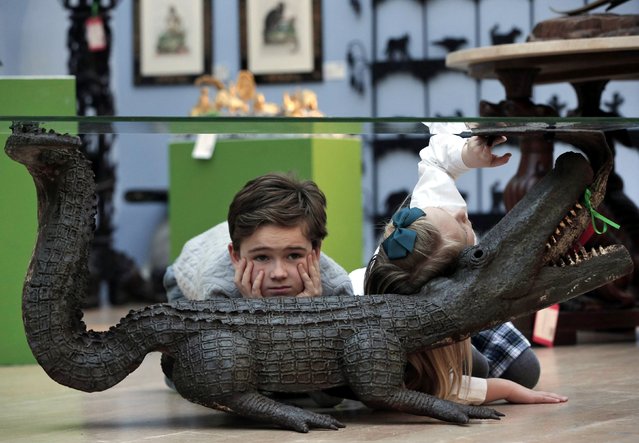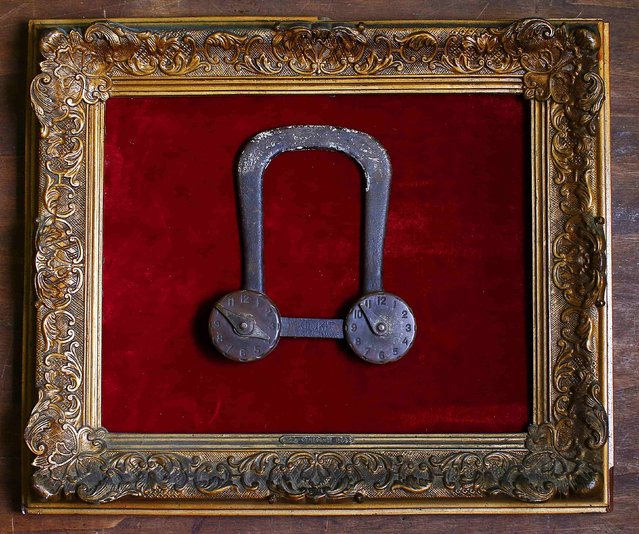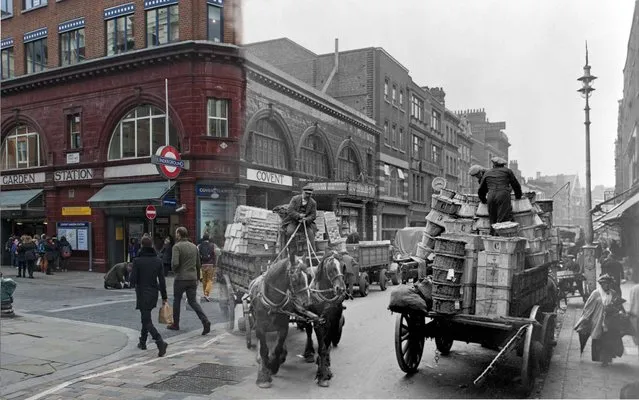
Miss Universe contestant Carmina Olimpia Cotfas of Romania poses dressed in the national costume for Miss Universe Romania 2021, created by Israeli designer Aviad Arik Herman, in the hallway of the Romanian Atheneum, the reputed 19th century built concert hall, in Bucharest, Romania, Monday, November 22, 2021. The 70th Miss Universe pageant is being staged in the southern Israeli resort city of Eilat on December 12. (Photo by Andreea Alexandru/AP Photo)
25 Nov 2021 07:47:00,post received
0 comments







